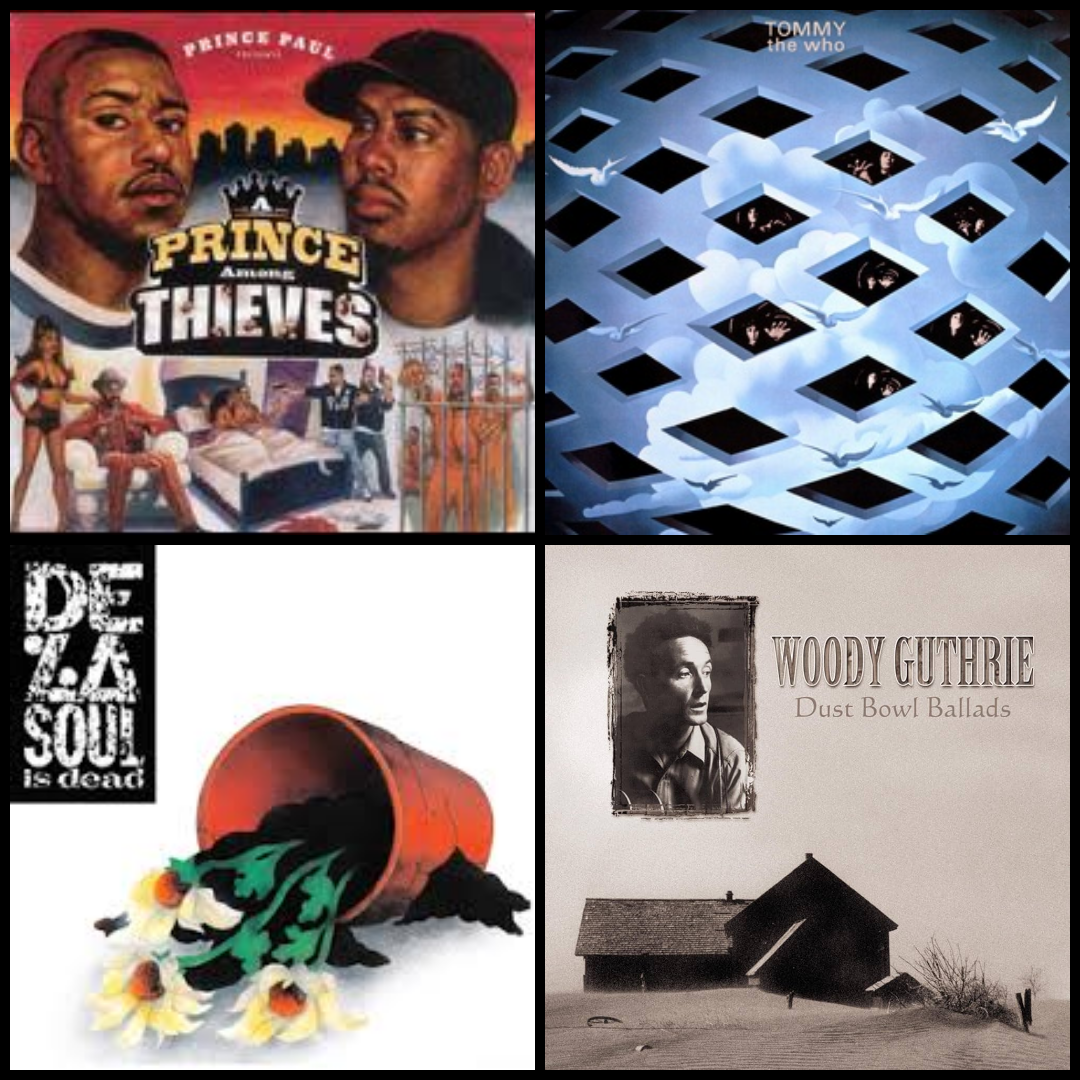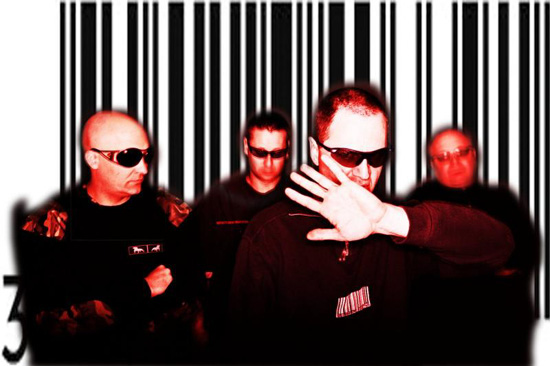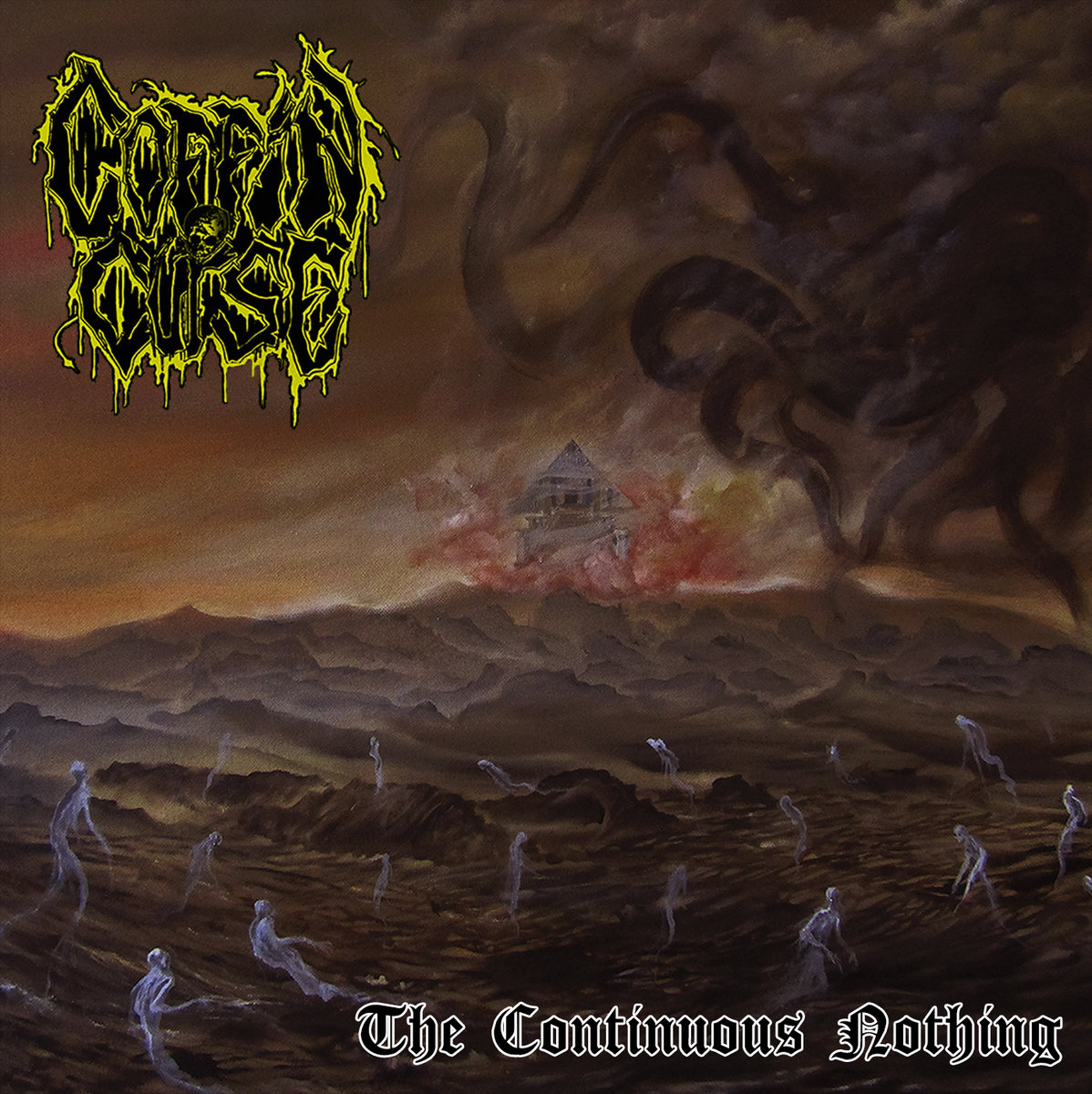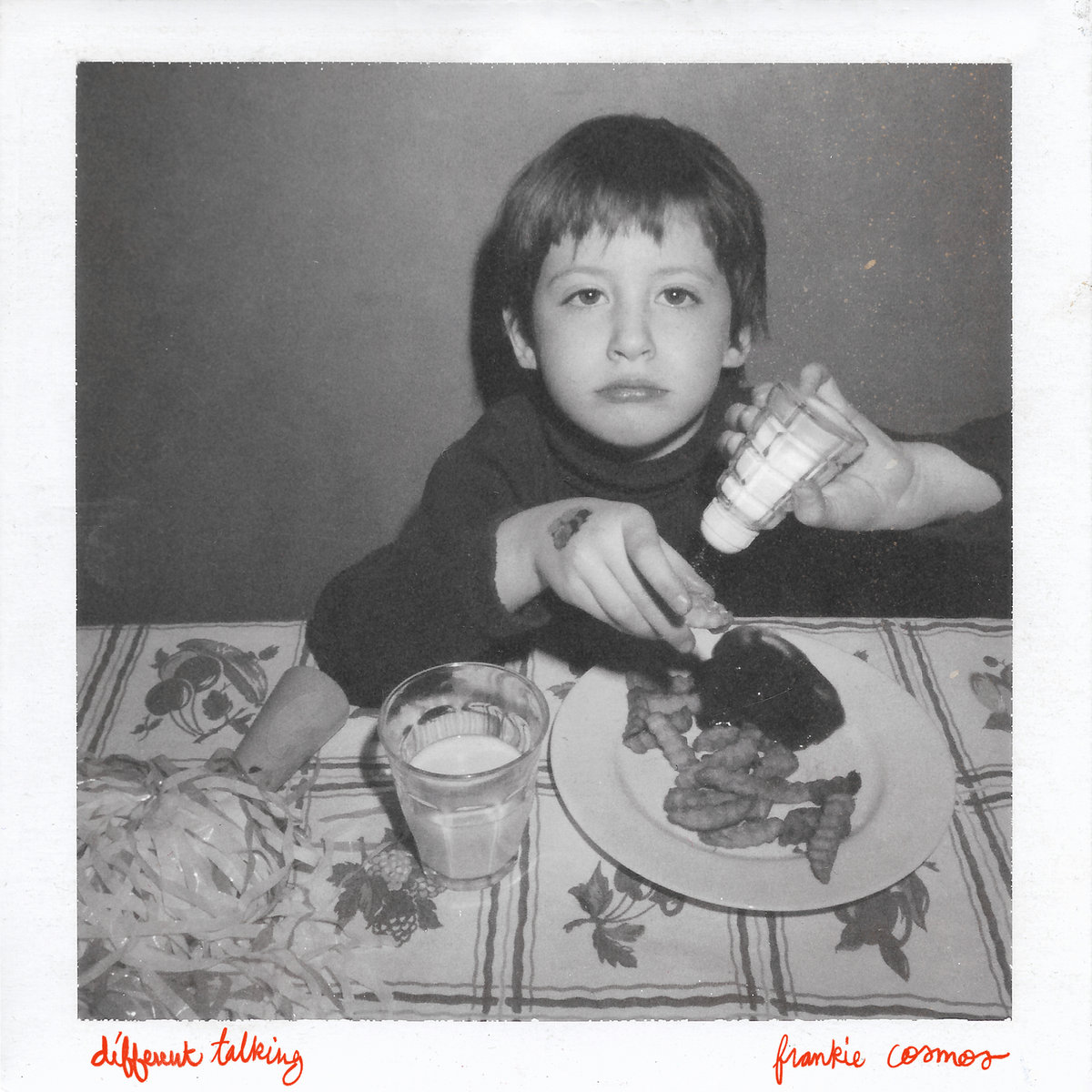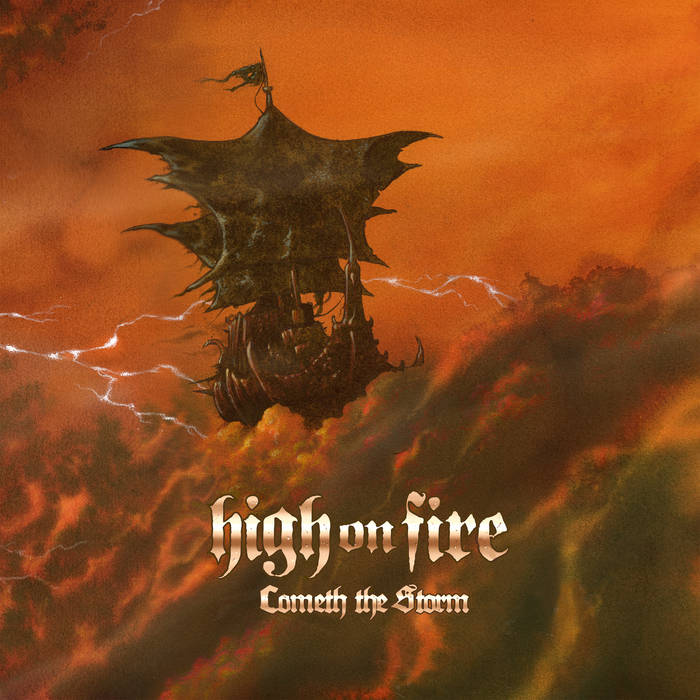In 1980s Germany, in dark basements and sweaty clubs, a new genre was being developed. This genre was a patchwork of musical influences. It was the constructed child of industrial and dance music, with many other genres claiming paternity from the funky rhythms of disco to the experimental instrumentation of synthpop. This Frankenstein’s monster was called Electronic Body Music. EBM combines heavy basslines and repetitive drum machines with distorted vocals and experimental synths. Some bands included samples from war movies or science fiction movies with dark themes, using the voice clips to create an oppressive feeling and to give the idea that the music was something that could control you.
EBM found its origin in Germany, where the electronic music scene was constantly evolving. One of the German bands that helped to start the genre was Deutsch Americanische Freundschaft (stylized as DAF). DAF used EBM to explore themes of power, violence and sexuality, which would turn out to be enduring themes of the genre. Despite controversies faced by the band for their heavy use of militaristic aesthetics and the dark lyrical contents of their songs, this danceable industrial music quickly grew to dominate the club scene internationally. Soon after DAF appeared on the scene, bands began to pop up in other European countries. Notable examples include Front 242 in Belgium and Nitzer Ebb in England. In North America there was the hugely influential Canadian band Skinny Puppy.
The aesthetics of the scene surrounding EBM were leather twists on the uniforms of factory workers and the military. The fashion took cues from the punk scene of the 70s and eventually would develop alongside the goth scene, which resulted in a meshing of subcultures. Many later EBM bands fully embraced a much more goth look. The outfits of the bands that pioneered the genre were purposefully provocative. The genre often involved topics of hyperviolence and machismo, with a sardonic twist on both. The twist was the idea that machismo taken to its fullest extent would be realized as violence, while also satirizing this elevated masculinity into an almost homoerotic affair by many of the bands involved.
The scene would continue to grow and influence music, spawning numerous offshoots and subgenres. Examples of the subgenres that grew from EBM include aggrotech and futurepop. Along with creating new genres, EBM strongly influenced the direction of existing ones. Industrial music and EBM had an open exchange of ideas, and as a result EBM massively influenced the industrial bands of the late 80s and early 90s such as Ministry and Nine Inch Nails.

